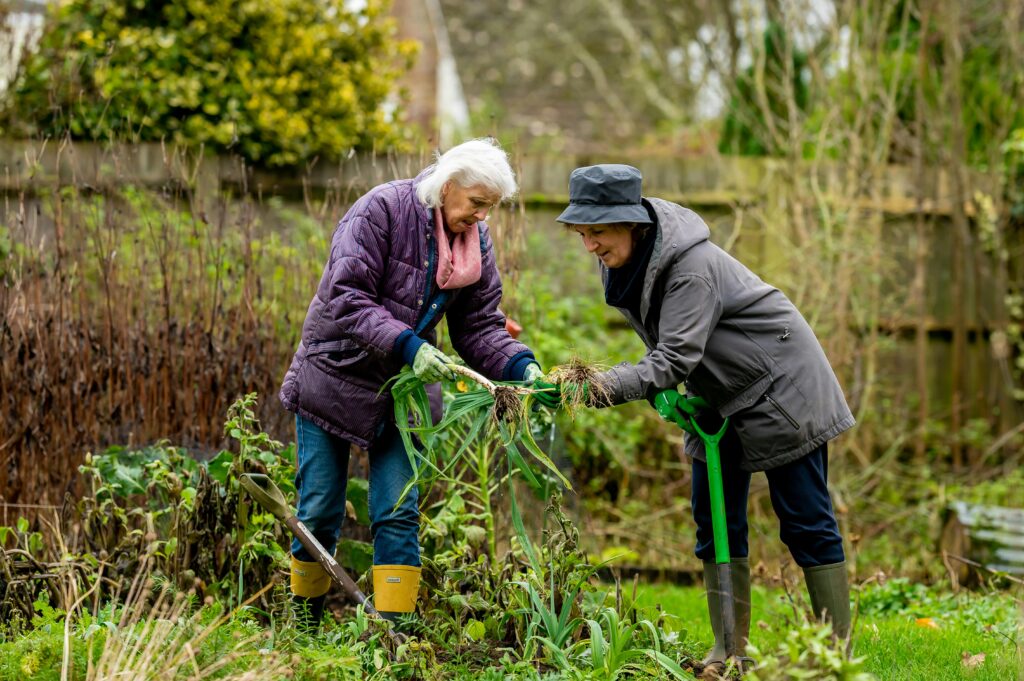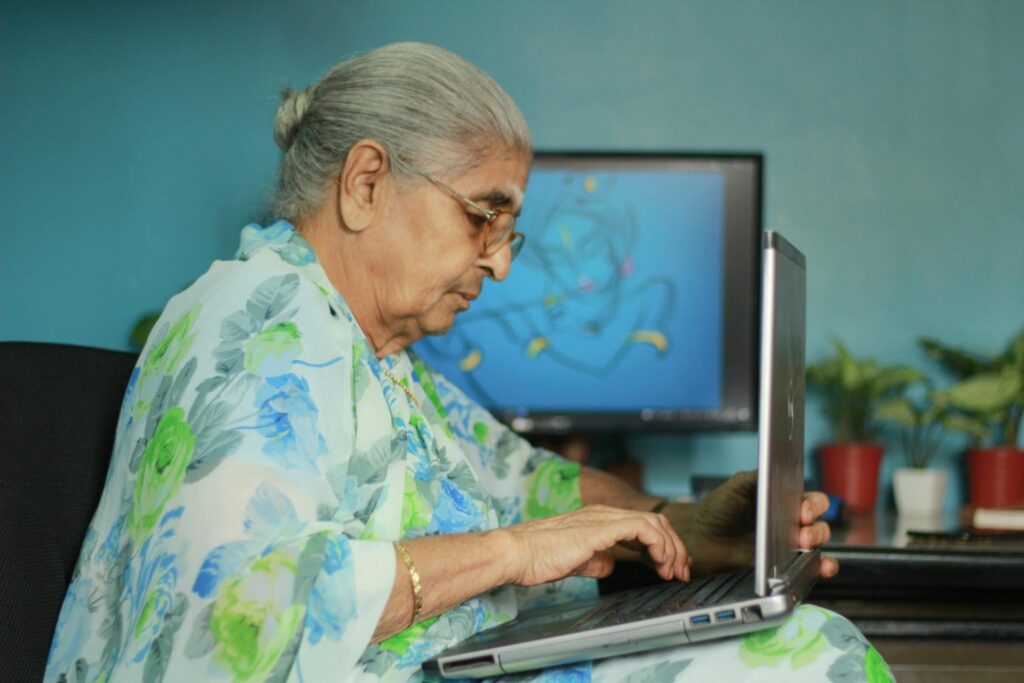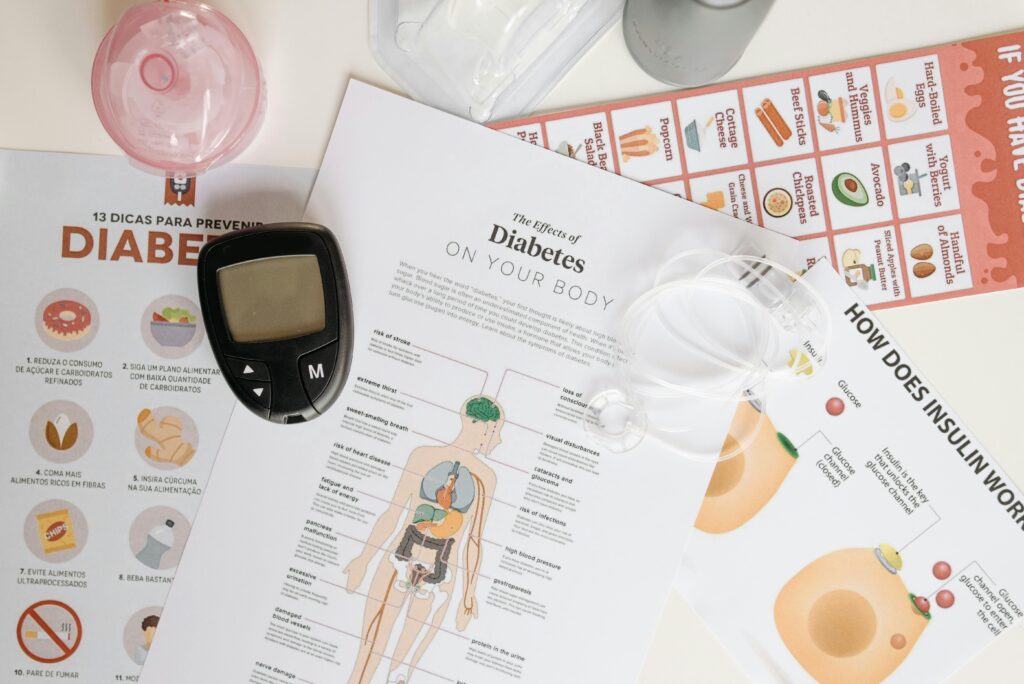Imagine walking into a doctor’s office with complaints of loneliness, anxiety, or feeling lost after retirement.
Instead of walking out with just a prescription for medicines, you also receive a ‘social prescription’—a suggestion to join a book club, take up yoga, or volunteer at a local community center. Sounds different, doesn’t it?
This is the essence of social prescription, a powerful approach to holistic health and well-being, especially for older adults.
What is Social Prescription?
Social prescription is an approach that recognizes that health isn’t just about medicine—it’s also about meaningful connections, purpose, and engagement with society.
Instead of treating everything with pills, doctors, social workers, and community health practitioners “prescribe” social activities that can help individuals combat loneliness, manage stress, and lead more fulfilling lives.
This method is particularly effective for older adults, who often face isolation, boredom, or a lack of motivation post-retirement. It provides them with an opportunity to rediscover their interests, make new friends, and regain their confidence.
Why Does It Matter?
Loneliness is an epidemic, and it hits older adults the hardest. Studies have linked social isolation to increased risks of heart disease, stroke, depression, and even dementia.
While medication can treat symptoms, it cannot fill the emotional and social void. This is where social prescription steps in.
By encouraging participation in activities like gardening, music classes, or community events, social prescription helps build connections that enhance mental and physical health.
Many elders who engage in social activities report feeling more energetic, positive, and mentally agile.
How Does It Work?
Social prescription generally follows a simple process:
- Consultation: A doctor or healthcare professional identifies that a patient may benefit from social engagement rather than (or in addition to) medication.
- Referral to a Link Worker: This is a trained professional who works closely with the individual to understand their interests, hobbies, and challenges.
- Tailored Activities: The link worker suggests specific activities like joining a walking group, participating in storytelling sessions, or volunteering at a school.
- Follow-Up and Support: The participant is guided through their chosen activity, ensuring they feel comfortable and engaged.
Examples of Social Prescription in Action
- Arts and Creativity: Many elders find joy in painting, singing, or learning an instrument. Expressing themselves creatively can be deeply therapeutic.
- Physical Activities: Yoga, walking groups, and dance classes help maintain physical health while offering social interaction.
- Volunteering: Giving back to society brings a sense of purpose. Many elders mentor younger generations, work with NGOs, or help in libraries.
- Community Gatherings: Book clubs, laughter therapy groups, and spiritual gatherings help build strong social bonds.
The Impact of Social Prescription
The power of social prescription is evident in the way it transforms lives.
Many seniors who felt isolated have found a renewed sense of purpose. Studies show that engaging in social activities can lower stress levels, boost immunity, and even improve cognitive function.
Take, for instance, a retired teacher who, after feeling lost post-retirement, joins a reading group and starts mentoring young children. She finds joy in sharing knowledge and forming friendships.
Another example is a former businessman who takes up organic gardening and discovers a newfound passion for sustainable living. These are not just hobbies; they are lifelines to a healthier, happier life.
Making Social Prescription a Part of Life
While social prescription is gaining recognition, it still needs more awareness and accessibility. Encouraging elders to step out of their comfort zones, seek new experiences, and actively engage with their communities can significantly impact their overall well-being.
If you or someone you know could benefit from social prescription, take the first step today. Join a local group, pick up an old hobby, or explore new interests. Health isn’t just about living longer—it’s about living well.
Final Thoughts
The power of social prescription lies in its simplicity. It reminds us that human connection, creativity, and a sense of purpose are just as important as medication in maintaining health. For elders, this approach can be the key to unlocking a vibrant, fulfilling, and joyful life.
So, if you find yourself or a loved one in need of a pick-me-up, remember: sometimes, the best prescription isn’t found in a pill bottle—it’s found in the warmth of a community, the joy of learning, and the beauty of shared experiences.






